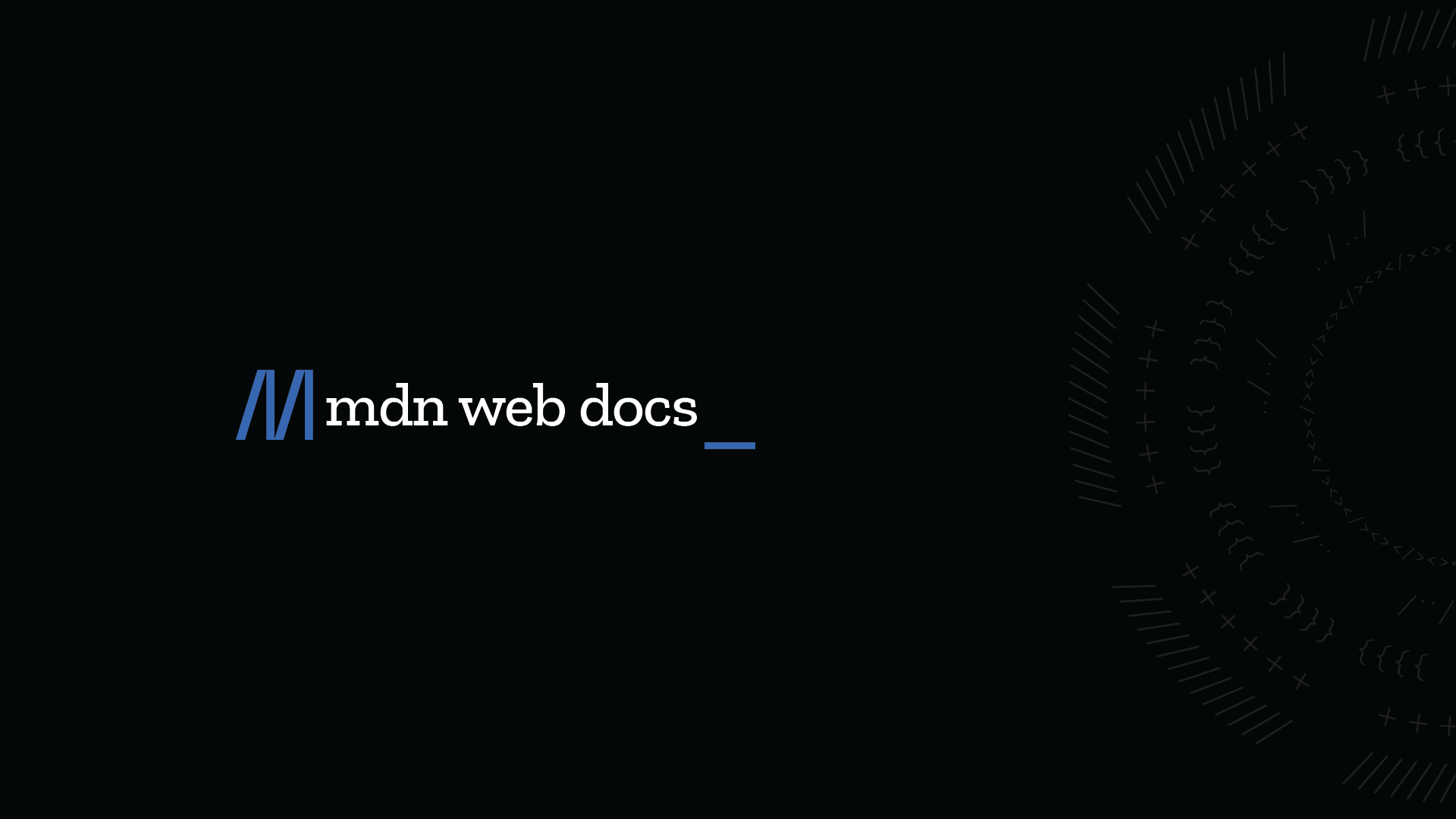When scraping many pages from a website, using the same user-agent consistently leads to the detection of a scraper. A way to bypass that detection is by faking your user agent and changing it with every request you make to a website. In this tutorial, we will show you how to fake user agents, and randomize them to prevent getting blocked while scraping websites.| ScrapeHero
The HTTP Accept request and response header indicates which content types, expressed as MIME types, the sender is able to understand. In requests, the server uses content negotiation to select one of the proposals and informs the client of the choice with the Content-Type response header. In responses, it provides information about which content types the server can understand in messages to the requested resource, so that the content type can be used in subsequent requests to the resource.| MDN Web Docs



